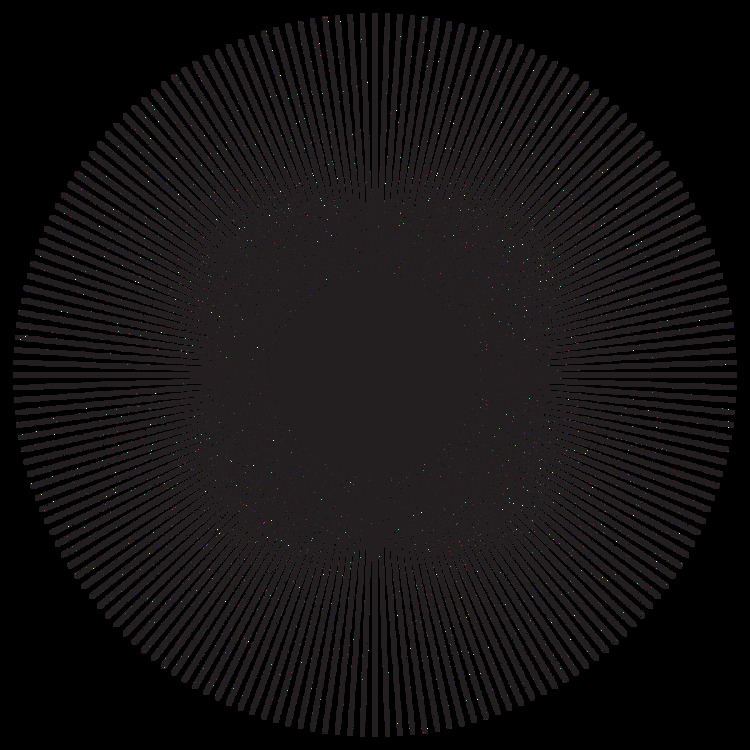 | ||
In mathematics, a hedgehog space is a topological space, consisting of a set of spines joined at a point.
Contents
For any cardinal number
The hedgehog space is a metric space, when endowed with the hedgehog metric
Hedgehog spaces are examples of real trees.
Paris metric
The metric on the plane in which the distance between any two points is their Euclidean distance when the two points belong to a ray though the origin, and is otherwise the sum of the distances of the two points from the origin, is sometimes called the Paris metric because navigation in this metric resembles that in the radial street plan of Paris: for almost all pairs of points, the shortest path passes through the center. The Paris metric, restricted to the unit disk, is a hedgehog space where K is the cardinality of the continuum.
Kowalsky's theorem
Kowalsky's theorem, named after Hans-Joachim Kowalsky, states that any metric space of weight
